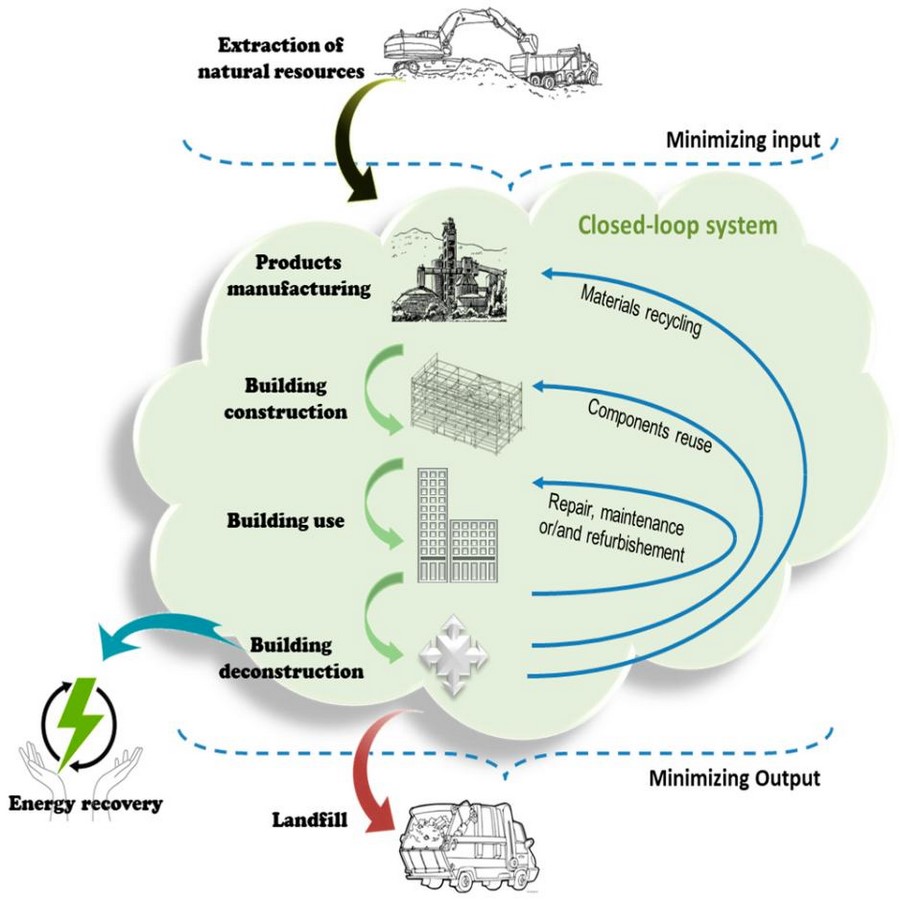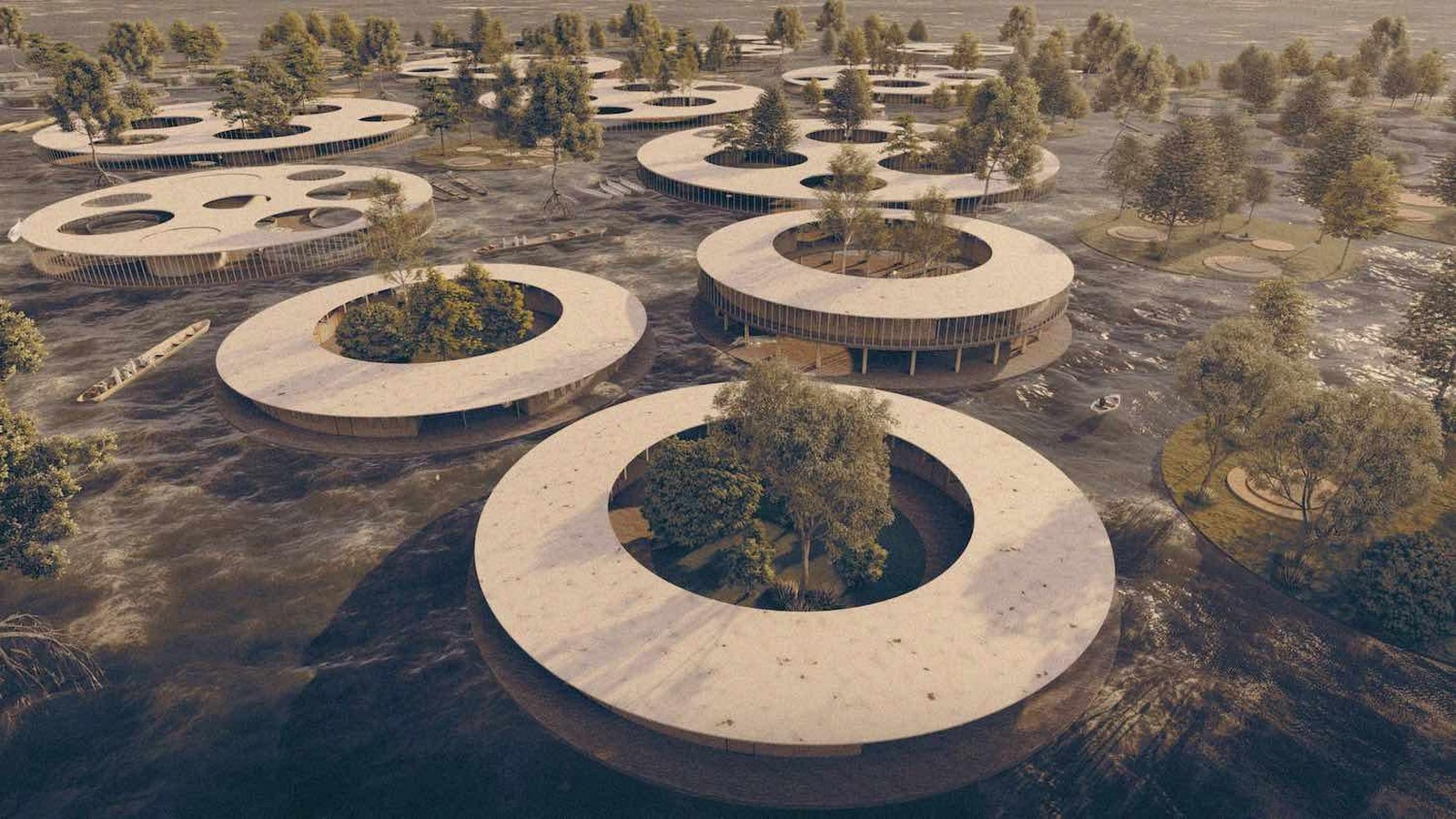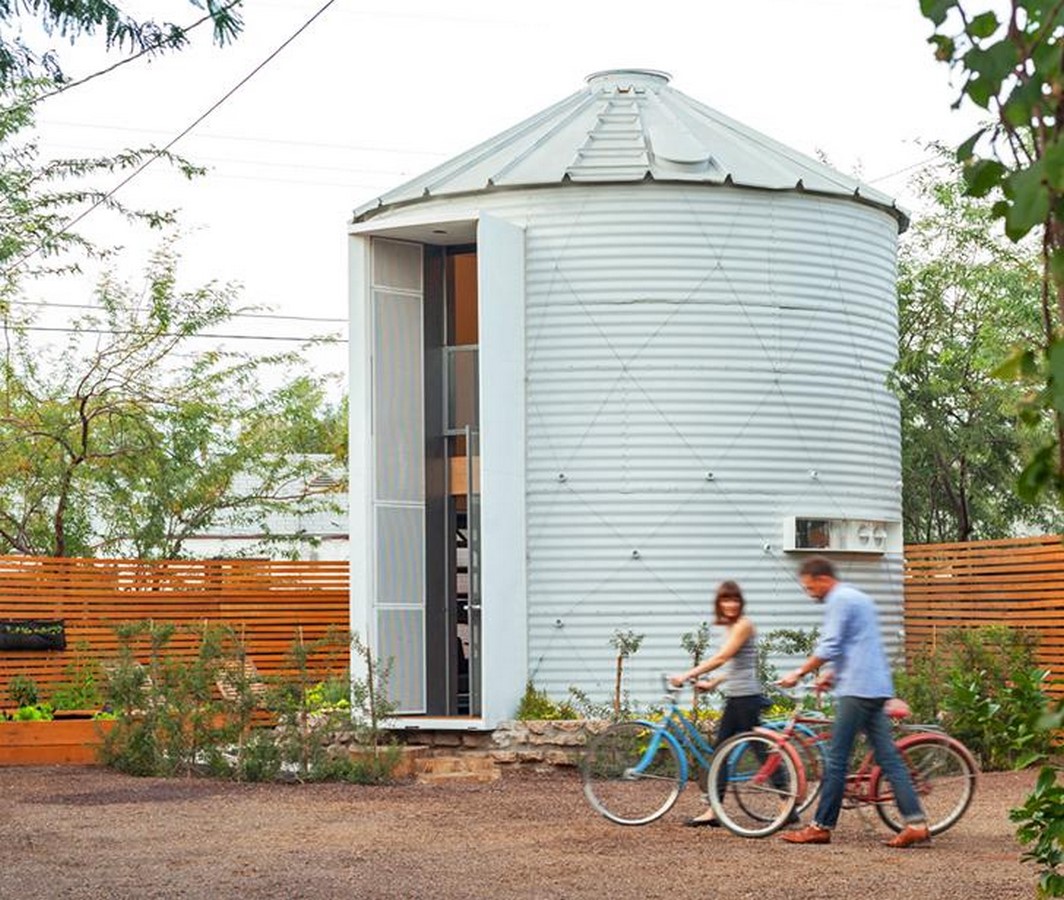The Circle
In human culture and symbolism, the circle is prominent in many different communities and eras. Due to its lack of origin and end, the circle is frequently regarded as a symbol of totality and oneness. It is commonly utilized to communicate a sense of harmony and connectivity and symbolizes the ideas of wholeness and oneness. Circles are linked to cyclical phenomena in the natural world. They can stand for the idea of the cycles’ timeless and never-ending nature. They can symbolize birth, growth, death, and rebirth. The circle’s geometric form is frequently seen as a representation of purity and perfection. It is regarded as having an idealized, well-balanced form. Circles are a symbol of equality and inclusiveness. People congregate in circles in various cultures so that everyone can see and be seen by others. This setup can promote equality and a sense of belonging. The circle as a symbol is frequently used to represent eternity and timelessness because of its unending nature. It can stand for the eternal quality of notions, thoughts, and things, that are not bound by temporal constraints. The symmetrical and balanced form of the circle can represent balance and harmony. It frequently expresses the concept of a peaceful and balanced life. At first, these concepts may seem to stray far away from the field of architecture, but once we peel back the layers, we can see the various ways in which these ideas have contributed to the area and the recent happenings within it.

Circular Architecture
The design and construction method known as “circular architecture” places a strong emphasis on environmental responsibility, sustainability, and the concepts of the circular economy. By taking into account every aspect of a building’s lifetime, from the procurement of materials and construction to their usage and eventual destruction or recycling, it aims to reduce the detrimental effects of the built environment on the environment. The goal of circular architecture is to design structures and buildings that are resource-efficient, regenerative, and flexible enough to accommodate changing demands. This is where we start seeing these ideas of cyclicity. The first contact with the ground- to dig a hole for the substructure, in itself causes fluctuation in the ripples of the still earth. The butterfly effect snowballs the construction of the building as well as the subsequent impact of the same on the environment. The rapid and rather abhorrent aggression with which the construction industry has developed has tilled its foundation, the earth; raw. Only now are we witnessing a sudden boom in looking at ways to reuse materials, using unused and uninhabited structures as birthplaces for new ideas. Adaptive reuse is the need of the hour while discoveries must be made to upgrade natural and local techniques of construction for present and future times and simultaneously come up with new materials using the latest technology.

The Core Tenet
A core tenet of circular architecture is to repurpose and modify pre-existing structures and materials whenever feasible. To prolong their lifespan and lessen the demand for new construction, this entails remodeling and reusing existing structures. Recyclable and ecological materials are used extensively in circular architecture. This covers the use of non-toxic materials, recycled resources, and renewable resources in buildings. For instance, timber’s renewable nature and capacity to sequester carbon make it an attractive option. One major trend in building design is the ease with which structures may be disassembled and their components reused. This method lessens the damage that demolition and disposal do to the environment. Brick is one of those building materials that often gets engineered, designed, and used in ways that create new possibilities. Its ease of use and connectivity with the way the local community uses it make it widely popular and open to interpretation and experimentation.

The Circular Way
One major trend in building design is the ease with which structures may be disassembled and their components reused. This method lessens the damage that demolition and disposal do to the environment. Circular architecture frequently applies biophilic design concepts, which include natural elements such as green walls, natural materials, and an abundance of natural light in the constructed environment. As a result, people may live in healthier and more enjoyable environments. Certain initiatives are investigating circular business concepts in addition to circular building design. This is repurposing, recycling, or reusing construction materials to generate income sources. It is encouraged to design structures with disassembly in mind by circular architecture. This creates a more sustainable construction end-of-life phase by utilizing materials and connections that are readily separated and reused. An emerging trend in circular architecture is obtaining materials locally to reduce emissions associated with transportation. By doing this, the carbon footprint of material procurement is reduced.

Upcycled Silo Home
In the rural Midwest of the United States is a unique home project called the Upcycled Silo Home. This circular architectural marvel transforms ancient grain silos—which were formerly used to store agricultural produce—into a contemporary, environmentally friendly family house. The silos were converted into a number of distinct living areas, joined by glass corridors, each having its own function. Through waste reduction, environmental footprint minimization, and the reuse of pre-existing buildings, the design embodies the concepts of circular architecture. The project not only conserves the silos’ historical and cultural importance, but it also demonstrates how old buildings can be modified for modern life. The stunning panoramic views of the surrounding fields are provided by the circular arrangement. This circular home is a shining example of sustainability and innovation since it uses repurposed materials and energy-saving technology. The Upcycled Silo Home is an example of how circular architecture can combine innovation and history to create visually beautiful, ecological living spaces. It does this by giving new life to ancient industrial ruins.

The Circular Office
A house project that exemplifies sustainable architecture and circular design is called the C2C Home. It is predicated on the Cradle to Cradle framework, an idea established by Michael Braungart, a chemist, and William McDonough, an architect. It highlights the regenerative and cyclical usage of materials. Building materials for the C2C Home are recyclable, non-toxic, and devoid of dangerous chemicals. The goal in choosing the materials is to create a safe and healthy living space. The architecture of the structure permits modification and flexibility. Rearranging spaces to accommodate shifting requirements can prolong a building’s lifespan and lessen the need for new construction. The C2C Home’s construction materials are made to be disassembled and reused in the future. Using this method, the materials are guaranteed to retain their value and be readily recycled or used for other purposes when the structure ages. Its landscaping features promote biodiversity in the area and help to create a regenerative ecology surrounding the structure. It is a prime example of a dedication to material health, sustainable resource usage, and environmental responsibility. This project provides an example of how circularity may be emphasized in house design and construction in order to create a sustainable and regenerative living space.

References:
Rahla, K., Mateus, R. and Bragança, L. (2021) ‘Implementing circular economy strategies in buildings—from theory to practice’, Applied System Innovation, 4(2), p. 26. doi:10.3390/asi4020026.
Lewsen, S. (2023) The New Era of circular architecture, Azure Magazine. Available at: https://www.azuremagazine.com/article/the-new-era-of-circular-architecture/ (Accessed: 06 November 2023).
Mafi, N. (2019) These 13 buildings redefined architecture in the past 5 Years, Architectural Digest. Available at: https://www.architecturaldigest.com/story/buildings-redefined-architecture-past-5-years (Accessed: 06 November 2023).


















